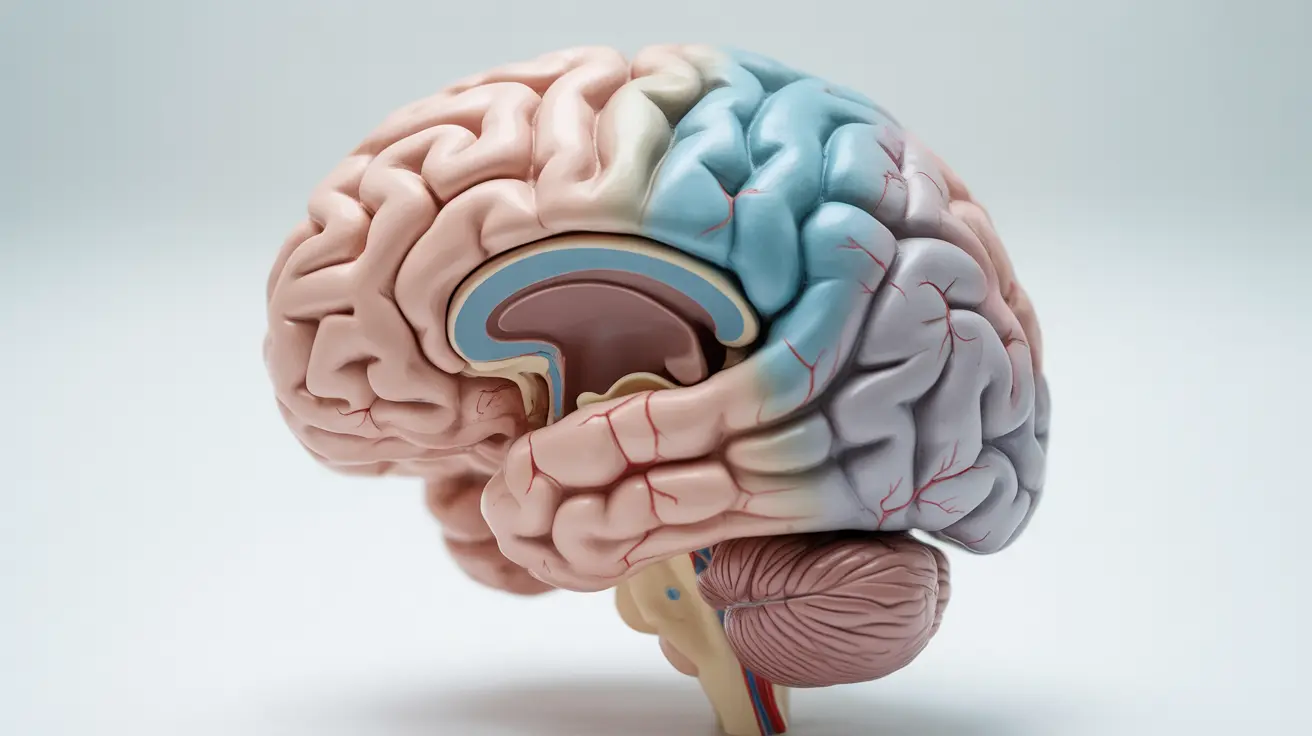Hydrocephalus is a serious medical condition characterized by an abnormal buildup of cerebrospinal fluid (CSF) in the brain's ventricles. This accumulation of fluid can create harmful pressure on brain tissues, potentially leading to various neurological symptoms and complications. Understanding this condition is crucial for early detection and proper medical intervention.
While hydrocephalus can affect people of all ages, from newborns to adults, its presentation and impact can vary significantly depending on when it develops. This comprehensive guide explores the essential aspects of hydrocephalus, including its causes, symptoms, diagnosis, and treatment options.
Types of Hydrocephalus
Hydrocephalus can be classified into several distinct categories based on its timing and underlying cause:
Congenital Hydrocephalus
This type is present at birth and may be caused by genetic factors, developmental issues, or complications during pregnancy. It often requires immediate medical attention to prevent serious complications.
Acquired Hydrocephalus
Developing after birth, this type can result from injuries, infections, tumors, or bleeding in the brain. It can affect individuals at any age, though the treatment approach may vary depending on the underlying cause.
Normal Pressure Hydrocephalus (NPH)
This form typically affects older adults and presents with a specific trio of symptoms: gait disturbance, urinary incontinence, and cognitive decline. Despite its name, NPH can still cause significant health issues if left untreated.
Signs and Symptoms
The symptoms of hydrocephalus vary significantly based on age and type:
In Infants
- Unusually large head size
- Bulging or tense soft spot (fontanel)
- Vomiting
- Sleepiness
- Irritability
- Seizures
- Poor feeding
In Children and Adults
- Headache
- Vision problems
- Balance difficulties
- Nausea and vomiting
- Memory problems
- Difficulty walking
- Urinary incontinence
Diagnosis and Assessment
Diagnosing hydrocephalus typically involves a combination of medical history review, physical examination, and specialized imaging tests. Healthcare providers may use:
- Magnetic Resonance Imaging (MRI)
- Computed Tomography (CT) scan
- Ultrasound (for infants)
- Neurological examinations
Treatment Approaches
The primary treatment for hydrocephalus usually involves surgical intervention to manage CSF flow and pressure. Common surgical options include:
Shunt Systems
A shunt is a flexible tube that diverts excess CSF from the brain to another part of the body where it can be absorbed. This is the most common treatment approach, though shunts may require periodic maintenance or replacement.
Endoscopic Third Ventriculostomy (ETV)
This minimally invasive procedure creates a new pathway for CSF flow within the brain. It may be suitable for certain types of hydrocephalus and can sometimes eliminate the need for a shunt.
Living with Hydrocephalus
Managing hydrocephalus is often a long-term journey that requires ongoing medical attention and support. Regular monitoring, follow-up appointments, and awareness of potential complications are essential for optimal outcomes.
Frequently Asked Questions
What are the common symptoms of hydrocephalus in babies, children, and adults?
Symptoms vary by age group. Babies may show an enlarged head, bulging fontanel, and irritability. Children and adults typically experience headaches, vision problems, balance issues, and cognitive changes. Some adults, particularly with NPH, may develop gait problems and urinary incontinence.
How is hydrocephalus diagnosed, and what types of tests or scans might be needed?
Diagnosis typically involves neurological examination and brain imaging studies, including MRI, CT scans, and ultrasound for infants. These tests help visualize brain structure, CSF flow, and potential blockages or abnormalities.
What are the treatment options for hydrocephalus, and do people always need surgery?
Most cases of hydrocephalus require surgical intervention, with the two main options being shunt placement or endoscopic third ventriculostomy (ETV). While surgery is typically necessary, the specific approach depends on the type and cause of hydrocephalus.
Can hydrocephalus cause permanent brain damage, and what are the long-term effects if left untreated?
Untreated hydrocephalus can cause permanent brain damage and may be life-threatening. Long-term effects can include cognitive impairment, physical disabilities, vision problems, and developmental delays. Early treatment is crucial for preventing permanent damage.
What causes hydrocephalus, and are there ways to prevent it, especially during pregnancy?
Hydrocephalus can be caused by genetic factors, infections, brain tumors, bleeding, or injury. While not all cases can be prevented, proper prenatal care, protection against head injuries, and treatment of infections may help reduce risk. Regular prenatal checkups can help detect congenital hydrocephalus early.




